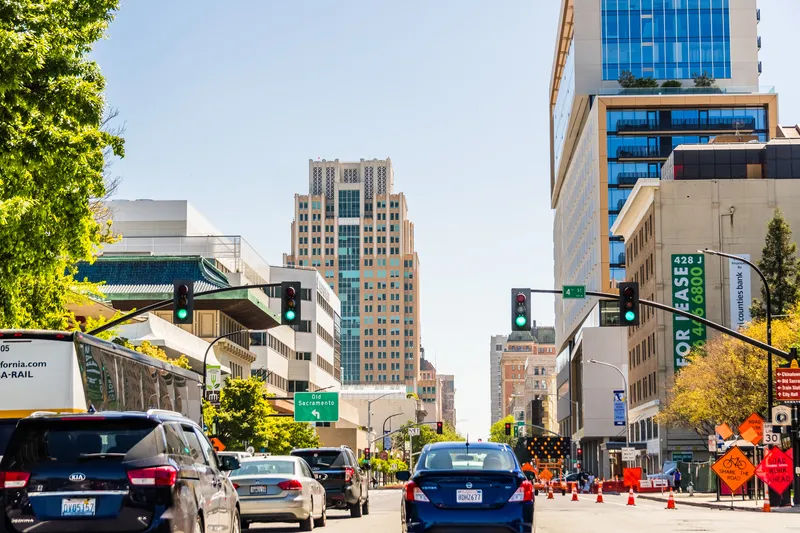Working in partnership with Australian Parking and Revenue Control (APARC), the City of South Perth has recently installed in-ground parking sensors for a three-month trial period.
The RFID-equipped SmartEye sensor from UK company Smart Parking is surface flush mounted and records when a vehicle arrives and departs from a parking bay. Once a vehicle has overstayed the permitted time limit, a signal is sent from the sensor to the nearest Council ranger's smart phone device.
The City decided to proceed
June 25, 2015
Read time: 2 mins
Working in partnership with Australian Parking and Revenue Control (APARC), the City of South Perth has recently installed in-ground parking sensors for a three-month trial period.
The RFID-equipped SmartEye sensor from UK company8034 Smart Parking is surface flush mounted and records when a vehicle arrives and departs from a parking bay. Once a vehicle has overstayed the permitted time limit, a signal is sent from the sensor to the nearest Council ranger's smart phone device.
The City decided to proceed with the trial as an improved way to manage parking in these popular areas, with the real-time data provided by the sensors more efficient than the City’s current process.
The sensors will allow the City to have access to parking data to review how many vehicles use particular areas and the length of time they are parking. The aim is to encourage a higher turnover of vehicles and deter people who are parking illegally for extended periods of time.
City of South Perth Mayor Sue Doherty said, “The new parking sensors will reduce officer time in patrolling the streets to mark up and monitor vehicles. The installation of in-ground sensors means rangers will be able to attend to other issues or incidents while continuing to monitor parking in the City. We anticipate this initiative will assist local businesses in the community who often experience cars parking inappropriately, sometimes for the entire day.”
Smart Parking CEO Paul Gillespie said, "Our SmartPark solution is now making it easier for councils across Perth to shape future management of limited parking spaces and improve access for users.”
The RFID-equipped SmartEye sensor from UK company
The City decided to proceed with the trial as an improved way to manage parking in these popular areas, with the real-time data provided by the sensors more efficient than the City’s current process.
The sensors will allow the City to have access to parking data to review how many vehicles use particular areas and the length of time they are parking. The aim is to encourage a higher turnover of vehicles and deter people who are parking illegally for extended periods of time.
City of South Perth Mayor Sue Doherty said, “The new parking sensors will reduce officer time in patrolling the streets to mark up and monitor vehicles. The installation of in-ground sensors means rangers will be able to attend to other issues or incidents while continuing to monitor parking in the City. We anticipate this initiative will assist local businesses in the community who often experience cars parking inappropriately, sometimes for the entire day.”
Smart Parking CEO Paul Gillespie said, "Our SmartPark solution is now making it easier for councils across Perth to shape future management of limited parking spaces and improve access for users.”









